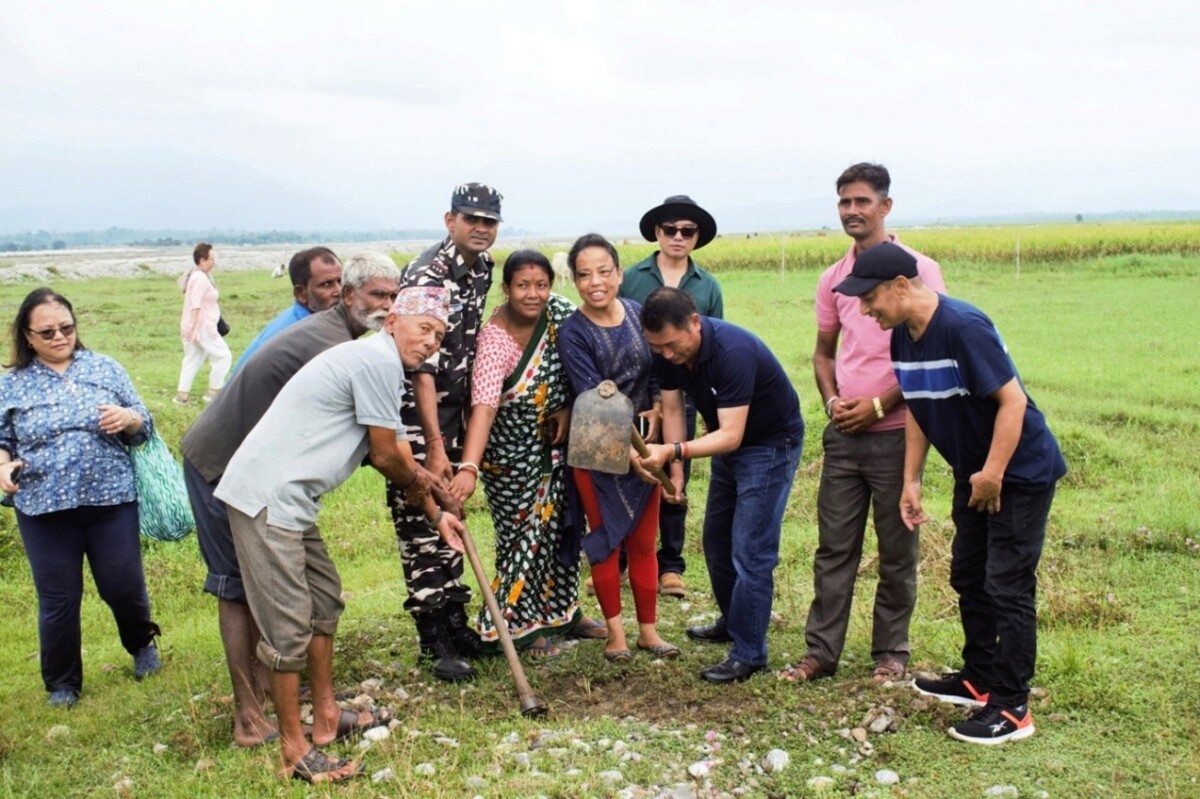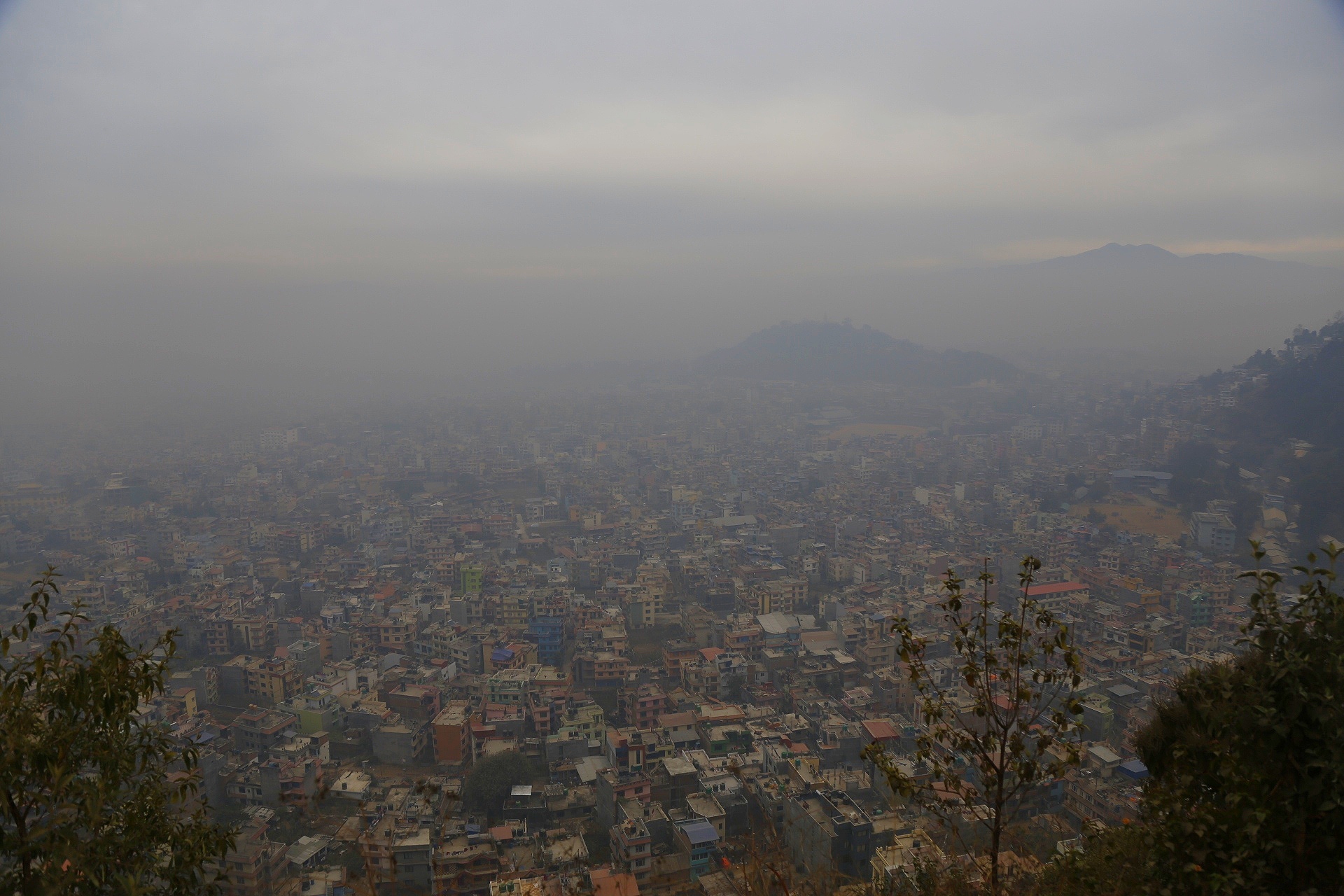European Green Awards 2027: Finalists Announced in Pursuit of Sustainable Development Goals
A shortlist of finalist cities for the 2027 European Green Capital and European Green Leaf awards has been announced. The selection recognizes urban centers for their significant accomplishments and strategic ambitions in addressing environmental challenges, thereby contributing to the United Nations’ Sustainable Development Goals (SDGs). These cities exemplify the integration of innovative solutions and robust governance to advance progress on the triple planetary crisis of climate change, pollution, and biodiversity loss, fostering healthier and more sustainable urban environments.
Evaluation Framework Aligned with Global Sustainability Targets
The finalist cities were assessed based on their performance across seven key environmental areas, each directly corresponding to specific SDGs:
- Air Quality: Contributing to SDG 3 (Good Health and Well-being) and SDG 11 (Sustainable Cities and Communities).
- Water Management: Aligning with SDG 6 (Clean Water and Sanitation).
- Biodiversity, Green Areas, and Sustainable Land Use: Supporting SDG 11 and SDG 15 (Life on Land).
- Waste and Circular Economy: Advancing SDG 12 (Responsible Consumption and Production).
- Noise Pollution: Addressing targets within SDG 3 and SDG 11.
- Climate Change Mitigation: Directly contributing to SDG 13 (Climate Action).
- Climate Change Adaptation: Fulfilling objectives under SDG 13.
European Green Capital 2027 Finalists: Progress Towards SDG 11
The finalists for the European Green Capital title, open to cities with populations over 100,000, are:
- Debrecen (Hungary)
- Heilbronn (Germany)
- Klagenfurt on Lake Wörthersee (Austria)
Debrecen, Hungary
- Demonstrates exceptional progress towards SDG 15 (Life on Land) and SDG 11 (Sustainable Cities and Communities) through a 16% increase in green spaces and extensive tree planting to improve the urban microclimate.
- Excels in advancing SDG 12 (Responsible Consumption and Production) with leading performance in waste management and the circular economy.
Heilbronn, Germany
- Exhibits strong performance in initiatives related to SDG 3 (Good Health and Well-being) and SDG 11 (Sustainable Cities and Communities) through superior air quality and noise management, integrated into its ‘Landscape Plan 2030’ with robust citizen engagement.
- Shows commitment to SDG 13 (Climate Action) and SDG 6 (Clean Water and Sanitation) with ambitious targets for 2035 and holistic urban planning.
Klagenfurt on Lake Wörthersee, Austria
- Achieves high standards in air quality, contributing to SDG 3 and SDG 11, with plans for green logistics, including electric cargo bikes.
- Advances SDG 13 (Climate Action) through planned investments in sustainable district heating.
- Ensures progress on SDG 6 (Clean Water and Sanitation) via advanced wastewater treatment processes and protected water source areas.
European Green Leaf 2027 Finalists: Local Action for Global Goals
The finalists for the European Green Leaf title, for cities with populations of 20,000 and above, are:
- Assen (The Netherlands)
- Benidorm (Spain)
- Saint-Quentin (France)
- Siena (Italy)
Assen, The Netherlands
- Contributes significantly to SDG 12 (Responsible Consumption and Production) through innovative waste policies, including enhanced collection and Repair Café initiatives to promote material recovery.
- Shows strong results in efforts related to SDG 15 (Life on Land) and SDG 13 (Climate Action), demonstrating a comprehensive approach to sustainability.
Benidorm, Spain
- Makes notable progress on SDG 6 (Clean Water and Sanitation) by reducing water consumption by 18% and achieving a 36% reuse rate, addressing local climate challenges.
- Demonstrates commitment to SDG 3 (Good Health and Well-being) and SDG 13 (Climate Action) with excellent air quality and strong mitigation performance.
Saint-Quentin, France
- Advances SDG 3 (Good Health and Well-being) by achieving significant reductions in air pollution from agriculture and transportation.
- Promotes SDG 12 (Responsible Consumption and Production) with a city-wide waste system featuring the innovative ‘CLIIINK’ digital reward program.
Siena, Italy
- Excels in supporting SDG 15 (Life on Land) with an average of 28 m² of public green space per capita.
- Achieves outstanding results for SDG 12 (Responsible Consumption and Production), with a 61.4% municipal waste recycling rate and reducing landfill waste to 1%.
Procedural Framework and Strategic Impact
Selection Process and Timeline
The finalist cities are scheduled to present their environmental strategies, governance models, and communication plans to a jury panel on 1-2 October 2025. The winners will be announced at an awards ceremony in Vilnius, Lithuania, the 2025 European Green Capital, on 2 October 2025.
- The European Green Capital winner will receive a financial prize of EUR 600,000.
- Each European Green Leaf winner will be granted EUR 200,000.
Strategic Benefits and Contribution to SDGs
The awards serve as a catalyst for achieving the Sustainable Development Goals at the local level. Winning cities gain international recognition, which can attract investment, boost tourism, and foster new collaborations, thereby supporting SDG 17 (Partnerships for the Goals). The process provides all applicant cities with expert feedback, enabling them to benchmark their performance and refine their strategies for environmental improvement. The long-term benefits include a fundamental shift in urban development, creating a durable momentum for transformation that improves citizen well-being and inspires other cities globally to accelerate their own contributions to the 2030 Agenda for Sustainable Development.
1. Which SDGs are addressed or connected to the issues highlighted in the article?
The article discusses urban environmental challenges and the efforts of European cities to become more sustainable. These efforts directly connect to several Sustainable Development Goals (SDGs) that focus on creating environmentally sound, resilient, and healthy living spaces for people.
- SDG 3: Good Health and Well-being: The article’s focus on reducing air and noise pollution directly relates to ensuring healthy lives and promoting well-being, as these are significant urban health hazards.
- SDG 6: Clean Water and Sanitation: The emphasis on water management, including advanced wastewater treatment, ensuring high drinking water standards, and reducing water consumption, aligns with the goal of ensuring the availability and sustainable management of water.
- SDG 11: Sustainable Cities and Communities: This is the most central SDG to the article. The entire European Green Capital and Green Leaf Awards initiative is about making cities more inclusive, safe, resilient, and sustainable by addressing issues like air quality, waste management, green public spaces, and climate change adaptation.
- SDG 12: Responsible Consumption and Production: The focus on waste management, circular economy, recycling, and waste reduction initiatives like Repair Cafés directly corresponds to ensuring sustainable consumption and production patterns.
- SDG 13: Climate Action: The article explicitly mentions climate change mitigation and adaptation as key criteria for the awards. Cities are recognized for their plans to reduce emissions and build resilience to climate impacts like heatwaves and flooding.
- SDG 15: Life on Land: The article highlights achievements in biodiversity, the creation of green areas, and sustainable land use, which are crucial for protecting and restoring terrestrial ecosystems and halting biodiversity loss.
2. What specific targets under those SDGs can be identified based on the article’s content?
Based on the actions and achievements of the finalist cities, several specific SDG targets can be identified:
SDG 11: Sustainable Cities and Communities
- Target 11.6: By 2030, reduce the adverse per capita environmental impact of cities, including by paying special attention to air quality and municipal and other waste management. This is demonstrated by cities like Heilbronn and Klagenfurt excelling in air quality, and Siena achieving a 61.4% recycling rate and reducing landfill waste to 1%.
- Target 11.7: By 2030, provide universal access to safe, inclusive and accessible, green and public spaces. This is shown by Debrecen increasing its green spaces by 16% and Siena having an average of 28 m² of public green spaces per capita.
- Target 11.b: By 2030, substantially increase the number of cities and human settlements adopting and implementing integrated policies and plans towards inclusion, resource efficiency, mitigation and adaptation to climate change, and resilience to disasters. Heilbronn’s ‘Landscape Plan 2030’ and ‘Mobility Concept’ are prime examples of such integrated planning.
SDG 13: Climate Action
- Target 13.1: Strengthen resilience and adaptive capacity to climate-related hazards and natural disasters in all countries. Benidorm’s efforts to manage challenges like heatwaves and flooding reflect this target.
- Target 13.2: Integrate climate change measures into national policies, strategies and planning. The article shows this being implemented at the city level, with climate change mitigation and adaptation being one of the seven key environmental areas for the awards.
SDG 6: Clean Water and Sanitation
- Target 6.3: By 2030, improve water quality by reducing pollution… and substantially increasing recycling and safe reuse. This is addressed by Klagenfurt’s advanced wastewater treatment processes and Benidorm’s 36% water reuse rate.
- Target 6.4: By 2030, substantially increase water-use efficiency across all sectors. Benidorm’s 18% reduction in water consumption is a direct measure of progress towards this target.
SDG 12: Responsible Consumption and Production
- Target 12.5: By 2030, substantially reduce waste generation through prevention, reduction, recycling and reuse. This is evident in the actions of Assen (Repair Cafés, enhanced collection), Saint-Quentin (city-wide waste system), and Siena (high recycling rate, low landfill use).
SDG 15: Life on Land
- Target 15.5: Take urgent and significant action to reduce the degradation of natural habitats, halt the loss of biodiversity. The awards’ focus on “Biodiversity, green areas and sustainable land use” and cities like Debrecen and Siena excelling in this area directly support this target.
3. Are there any indicators mentioned or implied in the article that can be used to measure progress towards the identified targets?
Yes, the article provides several specific, quantifiable indicators that can be used to measure progress:
Indicators for SDG 11 (Sustainable Cities and Communities)
- Air Quality: Reduction in specific pollutants like ammonia and particulate matter (Saint-Quentin).
- Waste Management: Municipal waste recycling rate (Siena: 61.4%); proportion of waste sent to landfills (Siena: 1%).
- Green Space: Percentage increase in green spaces (Debrecen: 16%); average of public green space per capita (Siena: 28 m²).
Indicators for SDG 6 (Clean Water and Sanitation)
- Water Quality: Implementation of advanced wastewater treatment processes (Klagenfurt).
- Water Efficiency and Reuse: Percentage reduction in water consumption (Benidorm: 18%); water reuse rate (Benidorm: 36%).
Indicators for SDG 12 (Responsible Consumption and Production)
- Waste Reduction: Implementation of policies for enhanced plastic, metal, and drink carton collection (Assen); establishment of initiatives like Repair Cafés to reduce residual waste (Assen).
Indicators for SDG 13 (Climate Action)
- Climate Mitigation: Investment in green logistics, such as electric cargo bikes (Klagenfurt); expansion of sustainable district heating (Klagenfurt).
4. Table of SDGs, Targets, and Indicators
| SDGs | Targets | Indicators Identified in the Article |
|---|---|---|
| SDG 11: Sustainable Cities and Communities | 11.6: Reduce the adverse per capita environmental impact of cities (air quality, waste management). 11.7: Provide universal access to green and public spaces. |
|
| SDG 6: Clean Water and Sanitation | 6.3: Improve water quality and increase recycling/reuse. 6.4: Increase water-use efficiency. |
|
| SDG 12: Responsible Consumption and Production | 12.5: Substantially reduce waste generation through prevention, reduction, recycling and reuse. |
|
| SDG 13: Climate Action | 13.1: Strengthen resilience and adaptive capacity. 13.2: Integrate climate change measures into planning. |
|
| SDG 15: Life on Land | 15.5: Reduce the degradation of natural habitats and halt biodiversity loss. |
|
Source: environment.ec.europa.eu







